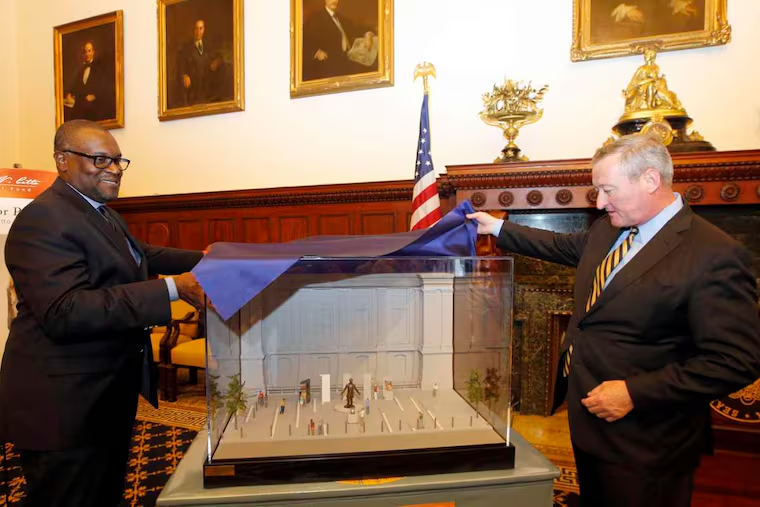Octavius Catto statue: Nineteenth-century African American leader finally to be honored
Octavius V. Catto, one of Philadelphia's greatest of Renaissance men, an activist, educator, writer, athlete, and speaker gunned down in election violence in 1871, will at last be fully honored by the city where he lived and died for his beliefs and for the color of his skin.
